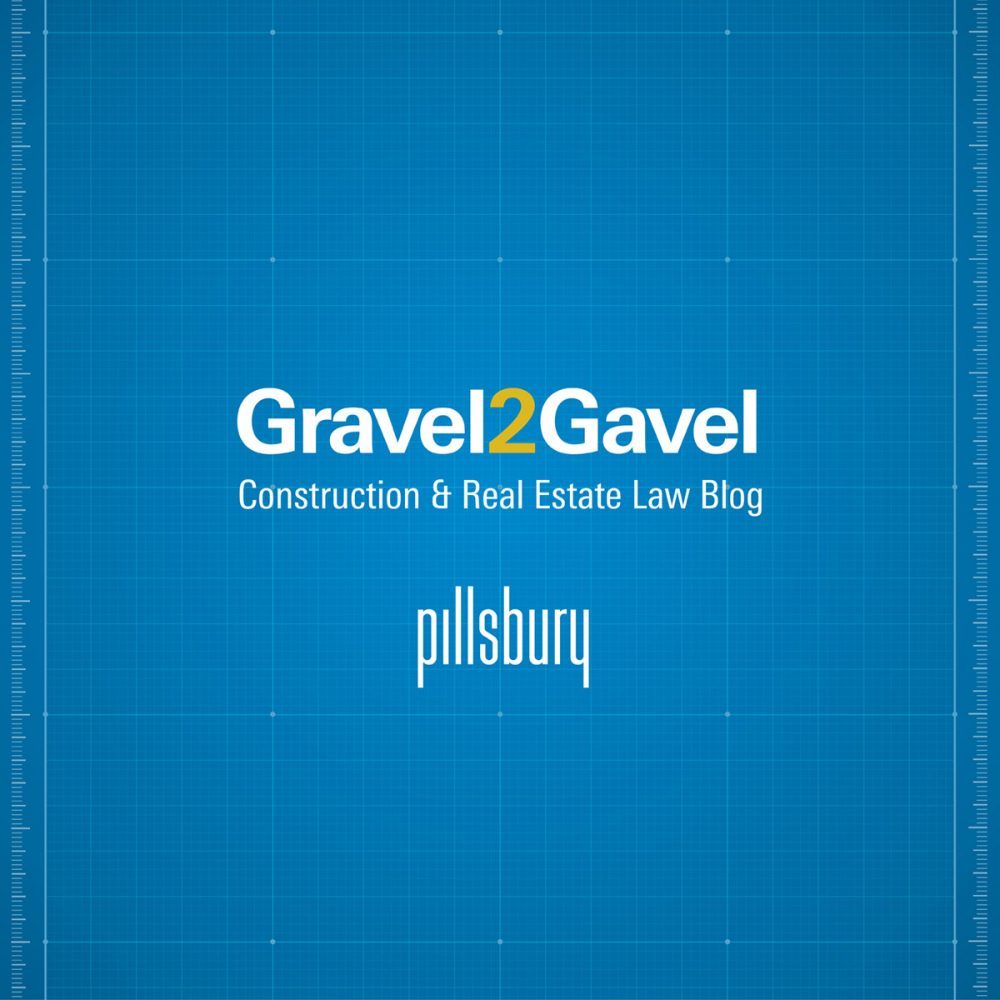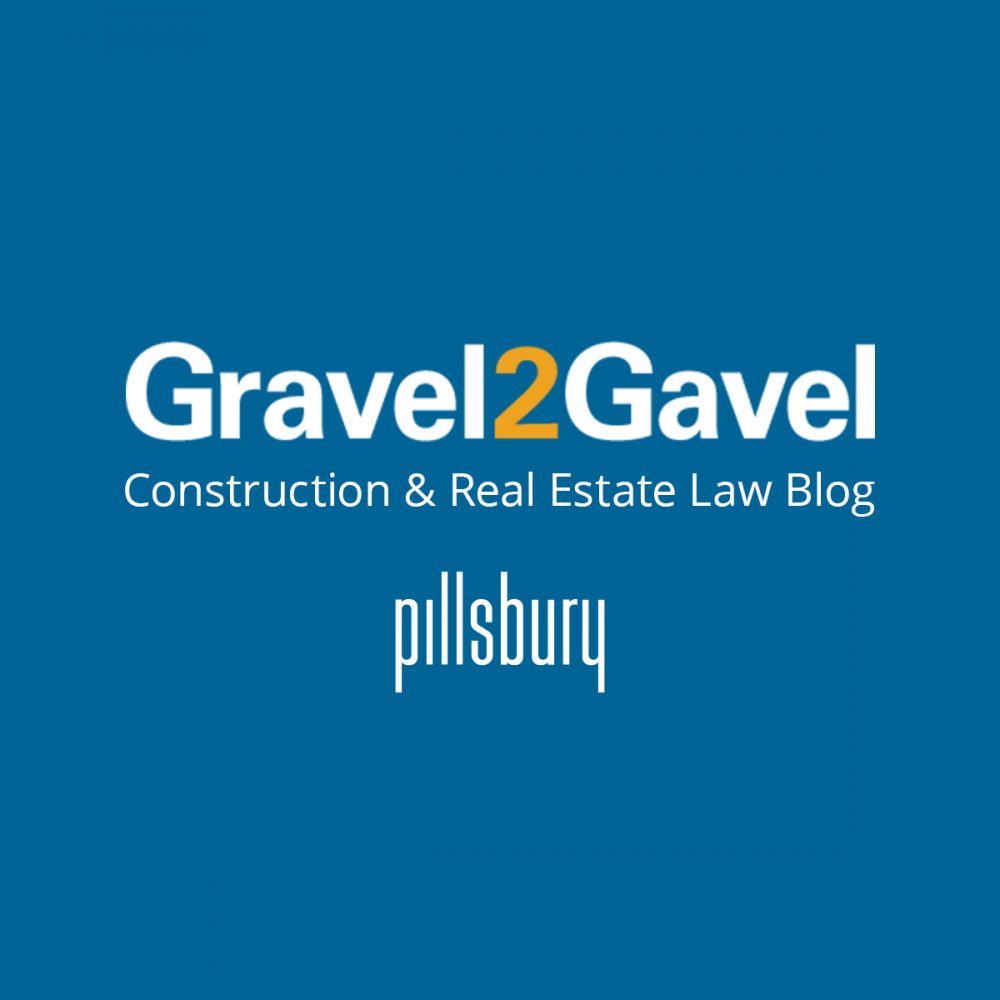A Field Guide — Gravel2Gavel Construction & Real Estate Law blog — February 26, 2025
By one count, there were 11,800 data centres in the world at the beginning of 2024. This census includes facilities that are so small they can fit in an office building closet, and others that are among the biggest manmade structures on earth. How are we to make sense of this diverse population?
Data centers house servers, storage devices and network devices to store, process and disseminate large quantities of data of organizations and their customers and supply chains. The size and complexity of the facilities vary depending on their role in the business ecosystem. Much like the well-known depictions of the evolution of horses from tiny brush creatures to mighty stallions, the overall category cries out to be broken down along multiple dimensions.
This post provides a naturalist’s field guide to data center types and features.
Enterprise Data Centers
Enterprise data centers are operated by a single organization, either through direct ownership or a leasing arrangement, to support its internal information technology (IT) operations. These are the most traditional and long-standing data centers, which often run on a private clouds. They have customized infrastructure to meet one company’s needs, giving it full control over security, compliance standards, and system optimization.
Organizations that can afford to operate an enterprise data center benefit from the ability to fine-tune the environment, ensuring governance over sensitive data, and adhering to industry-specific regulations. They pose challenges such as the need for dedicated staffing and robust backup solutions to mitigate downtime, as well as generally high costs not spread across other users.
Enterprise data centers can be either on-premises or off-premises of the organization they serve. On-premises data centers provide greater reliability and security. Off-premises centers, on the other hand, can be a cost effective alternative for organizations that have less stringent security or speed requirements, as they reduce upfront infrastructure and real-estate costs and ease the workload of in-house IT staff. One private research institution, for instance, runs a 12,000 square-foot facility, which includes 6,000 square-feet of data center and 6,000-square-feet of infrastructure space, on 450 KW power and cooling. The center costs $12.4 million and hosts the institution’s private cloud that supports campus servers.
There are enterprises, and then there are enterprises–how about the NSA? The National Security Agency operates in Camp Williams, near Bluffdale, Utah, a high-security center powered by 65 Megawatts of electricity. The $1.5 billion campus covers one million square foot with a 100,000-square foot mission critical data center. The remaining 900,000 sq ft of the campus are used for administrative and technical support. This center facilitates the NSA’s efforts, as the executive agent for the Office of the Director of National Intelligence, to monitor, strengthen and protect the nation with regard to digital data.
Colocation Data Centers
Since operating an enterprise data center is costly and requires dedicated expertise, many users turn to the colocation data center model. Colocation is a computing and storage service. These third-party data centers lease space to businesses, usually at a lower cost than on-premises facilities. The centers are home to multiple businesses, who rent space according their needs. This can be a full cabinet, or a fraction. Colocation is a good option for organizations that lack a full-time expert staff, or want to minimize their initial investment. Additionally, these facilities can offer scalability to meet market demand, enabling businesses to expand their operations as space and resources allow in that specific colocation center.
Colocation can be specifically attractive to e-commerce and financial services companies through faster load times and handling increased traffic and demand due to the site owner’s specialized knowledge of the IT industry. This model allows businesses to adapt to the ever-changing market demands and scaleability if there is additional space available to lease. These multi-tenant data centres are a great option for health care providers and government agencies who lack the expertise to develop and operate their own enterprise sites. The site has two data centers, a 350,000-square-foot main building and a 15-square-foot auxiliary building. For an inside look at exactly what goes on in Blackacre Data Center, see our recent post, Anatomy of a Data Center.
Hyperscale Data Centers
Hyperscale data centers are vast, highly scalable facilities–often exceeding a thousand cabinets, 10,000 servers, and a million square feet. In 2024, there were approximately 1,000 centers in this category worldwide. Half of them were in the United States. Most are owned or operated for the benefit of cloud industry giants, and similar enterprises in China and elsewhere.
These facilities commonly function as enterprise data centers, operated solely by the provider for their own needs, but they can sometimes function as colocation data centers. Regardless of the ownership and operation structure, they are designed to support massive workloads and bring to bear enormous infrastructure capabilities–and enormous infrastructure demands including power and cooling.
Hyperscale facilities are engineered for resilience, featuring robust backup systems and automated failover mechanisms that activate immediately in the event of equipment failure or power loss. While these facilities can be purchased or leased, they are typically custom-built and specifically designed to meet the unique operational needs of the owner and located in rural environments.
It is difficult to convey a sense of the immense scale of these facilities. The world’s biggest hyperscaler project, a $3billion project, is located in China’s Inner Mongolia region. The Reno hyperscale facility occupies 1.3 million square foot and draws up to 130 MW. This is the first facility built in a new campus of data centers that will target up to 7.2 millions square feet of datacenter space and 650 megawatts of renewable energy. And another center under development in Louisiana occupies land that would constitute a sizable chunk of Manhattan.
Edge Data Centers
Some cutting-edge applications, such as autonomous vehicles, cloud gaming and instant grocery delivery, require data to be hosted close to users to achieve high-speed network functionality. Edge data centers are a relatively new way to solve these problems. These centers are located in a unique location, allowing them to optimize bandwidth and reduce latency for new applications. Edge data centers can also reduce the cost of data routing and transmission by reducing the amount of expensive circuits. One services provider launched a number edge data centers to extend infrastructure closer to large urban population. This venture allows visual effects, video and other applications that require single-digit millisecond latency or local data processing to achieve their goals by bringing infrastructure closer to the end user.
Evolutionary Trends
Data centers are categorized not only by size but also by stability of uptime. Tier Classification System starts with Tier 1 which has 99.671% uptime with a maximum of 28,8 hours of annual downtime. Tier 4 is for mission-critical applications with 99.995% uptime with only 26.3 minutes allowed of downtime. The modular data center is an alternative to enterprise and edge centers. It can be added to or relocated within existing facilities. These prefabricated facilities can finesse issues with real estate acquisition and permitting and allow users to fill interim needs while larger permanent facilities are being developed.
Data centers are running up against economic and land use constraints in their traditional habitats. The growing size of each data center makes this challenge more difficult. From 2022 to 2024 the average parcel of land for a data center increased by 144%, to 224 acres. By October 2024, the average weighted cost of data center property was $244,000 per an acre. Data centers are actively managing community, government and public relationships to address the externalities associated with the facilities. Data centers are engaged in active management of community, government and public relationships to address the externalities associated with the facilities.
The headwinds in some locations are leading the data center investment and proprietor community to look far beyond the original settings. Thanks to improvements in processing speed and telecommunications capabilities, the largest centers are being situated anywhere in the world that they can find sufficient power, accommodating land acquisition and permitting conditions, and workforces and supply chains suitable for large scale data processing.
Conclusion
Multiple species can thrive in distinct parts of the biosphere. Data centers come in a variety of sizes, locations and operation models. Each is tailored to meet specific demands. Selecting the right location, size and model is one of the greatest strategic decisions any organization can face.
RELATED ARTICLES
Anatomy of a Data Center
Something Biden and Trump Can Agree On?–Data Centers, AI and Energy Generation




